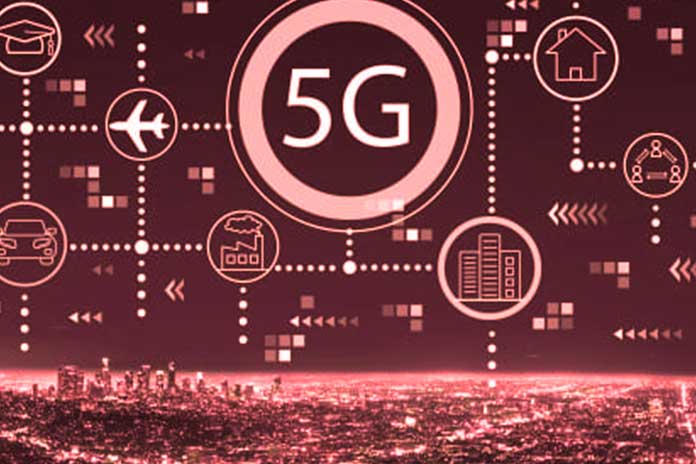The spread of 5G for intelligent manufacturing will bring enormous benefits. Find out the top 5 areas where these benefits emerge, with some examples of actual use cases. Using the econometric model of Gsma and Frontiers Economics, the TIM Study Center, in the “Smart Italy 5G” Report (2021), calculated the total contribution of 5G to the growth of Italian GDP in the period 2021-2040 at 393 billion euros. Of these, 160 billion will be generated by services for people, while 233 will come from revenues from services created with the IoT.
Smart manufacturing, in particular, will have enormous benefits from the advent of 5G: connectivity is a primary requirement to enable its founding technologies. These include industrial automation and control systems, design and planning systems that simulate industrial processes, data collection and monitoring applications, product tracking in the value chain, and 3D printing. There is also the possibility of having a flexible factory layout thanks to a faster and cheaper repositioning of lines and machinery connected to 5G, remote commissioning and the creation of Digital Twins.
The report estimates that through improved information exchange along the supply chain, productivity will increase by up to 1%. The benefit will be around 2.5 billion euros per year starting from 2025. Furthermore, thanks to the possibility offered by 5G to map the cycle of generation and disposal of waste in industrial processes, it is estimated that the production will be reduced by around 1%. The economic benefit would be € 106 million per year.
5G And (Measurable) Benefits In The Industry
As a rule, 5G has all the possibility to help the assembling business in its computerized change. 5G has every one of the highlights essential for various applications, for example, the Industrial IoT. It is equipped for supporting multiple times higher information volumes than past remote ages. It can accomplish 100x quicker information rates, 10x lower power utilization and five lower starts to finish dormancy. All while ensuring administration dependability of no less than 99.999%.
The presentation pointers were not those commonplace of the Tlc area, for example, top information rates, energy effectiveness, versatility, administration accessibility and the number of associated gadgets. They were the standard pointers in the business, for example, the number of items produced or the average time between disappointments. A general effect list was determined to distinguish the qualities of 5G that fundamentally affect the assembling business.
These elements resulted in the accumulation of numerous information sources, low idleness and adaptability. Notwithstanding, they show lower general effect values than their particular effect in each utilization case utilized in the examination. This demonstrates that the specific modern application figures out the fundamental qualities of 5G.
The Five Areas Of The Most Significant Potential Of 5G For Intelligent Manufacturing
We can identify five macro-areas in which 5G is proposed as a business accelerator for intelligent manufacturing.
- Local or remote real-time communications between parts of a similar control circuit, like sensors, actuators and working units, or between machines with independent regulators that need to play out an undertaking in cooperative mode.
- Remote monitoring of industrial realities, perhaps simultaneously with a view to prescient upkeep assuming there is a mix of computerized reasoning or Big Data Analytics arrangements.
- Mobile robots and self-driving vehicles, for example, transport lines to move merchandise, versatile arms, computerized capacity and recovery frameworks for putting away and recovering items.
- Augmented and virtual reality (for design, sales, remote assistance and training).
- Smart logistics (with checking from creation to capacity, conveyance to the end client).
5G addresses a genuinely innovative upheaval and a financial gas pedal. It is an innovation empowering the combination of frameworks and the enormous scope interconnection of machines, robots, sensors, vehicles, items and laborers in modern settings.



